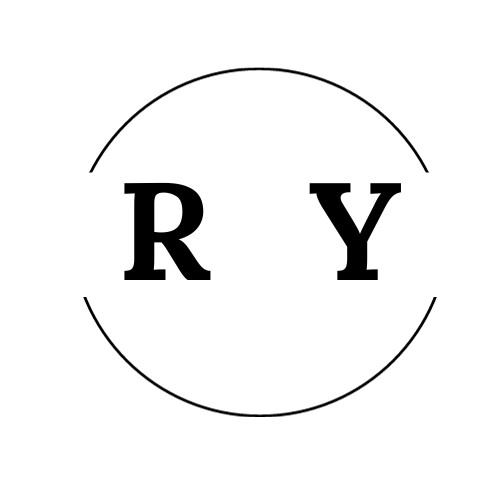What is Original?



Exploring Originality in the Age of AI and LLMs
Legal and Creative Dimensions of Originality
The concept of "original work" is multifaceted, encompassing both legal and creative perspectives. Legally, originality implies independent creation by a human author with a minimal degree of creativity. This means the work must not be a mere copy and should reflect the author's thought and effort.
From a creative standpoint, originality often denotes work that is novel, fresh, and unique. It may involve presenting ideas in unprecedented ways or offering a distinct perspective on existing concepts. However, true originality, devoid of any influence, is a rarity.
The Influence on Artistic Creations
Examining renowned artists like Leonardo da Vinci and Vincent van Gogh reveals the interplay between originality and influence. These artists were undoubtedly influenced by their surroundings and predecessors, yet their works are celebrated for their uniqueness.
Every artist draws inspiration from the world, and true originality lies in how these influences are transformed into something new and personal. It's the artist's ability to amalgamate diverse influences into a distinctive creation that defines originality.

The Transformative Nature of Originality
Originality is not about rejecting influence but about the artist's transformative process. A great artist can synthesize a myriad of influences, creating something entirely original. For instance:
- Pablo Picasso: Influenced by African art, Picasso pioneered Cubism, a distinctive and original artistic style.
- The Beatles: The Beatles were influenced by a wide range of artists, from American rock and roll to Indian music, but they used those influences to create their own distinct sound.
- JK Rowling: Building on classic fantasy tropes, Rowling crafted the magical world of Harry Potter with her own imaginative twists.
Rise of Generative AI and LLMs
In the contemporary landscape, the advent of Generative AI and Large Language Models (LLMs) introduces new dimensions to the discussion of originality. These technologies can generate content that mimics human creativity, raising questions about the nature of authorship and originality.
While AI tools can produce content, the essence of true originality remains tied to the human ability to infuse personal perspective, emotion, and unique thought processes into creative works.
Rethinking Originality in the Age of AI
As we navigate the era of AI and LLMs, redefining our understanding of originality becomes crucial. Instead of viewing these technologies as threats to creativity, we should consider them as tools that can augment and complement human creativity.
Originality, in this context, shifts from a binary concept to a spectrum. The emphasis lies on the human capacity to guide, curate, and imbue AI-generated content with unique insights. It's not the absence of influence that defines originality but the distinctiveness of the human touch in the creative process.
In conclusion, the evolving landscape of technology challenges us to reevaluate our notions of originality. While AI contributes to content creation, the essence of true originality remains a distinctly human endeavor — a testament to our ability to innovate, synthesize influences, and create something authentically new.